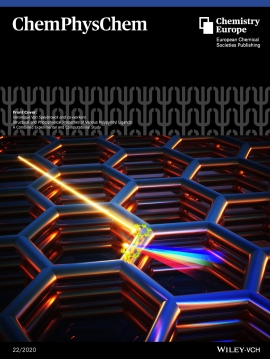Exploring the phase stability in interpenetrated diamondoid covalent organic frameworks
Abstract
Soft porous crystals, which are responsive to external stimuli such as temperature, pressure, or gas adsorption, are being extensively investigated for various technological applications. However, while substantial research has been devoted to stimuli-responsive metal-organic frameworks, structural flexibility in 3D covalent organic frameworks (COFs) remains ill-understood, and is almost exclusively found in COFs exhibiting the diamondoid (dia) topology. Herein, we systemically investigate how the structural decoration of these 3D dia COFs—their specific building blocks and degree of interpenetration—as well as external triggers such as temperature and guest adsorption may promote or suppress their phase transformations, as captured by a collection of 2D free energy landscapes. Together, these provide a comprehensive understanding of the necessary conditions to design flexible diamondoid COFs. This study reveals how their flexibility originates from the balance between steric hindrance and dispersive interactions of the structural decoration, thereby providing insight into how new flexible 3D COFs can be designed.
 Open Access version available at UGent repository
Open Access version available at UGent repository
